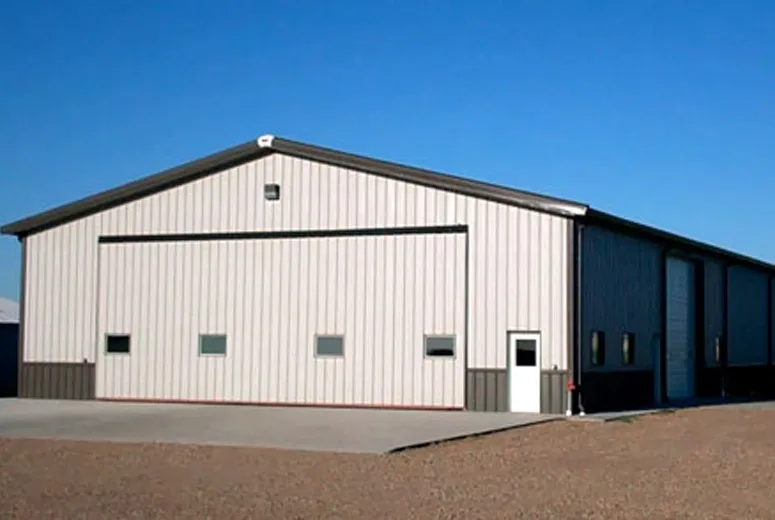- Afrikaans
- Albanian
- Amharic
- Arabic
- Armenian
- Azerbaijani
- Basque
- Belarusian
- Bengali
- Bosnian
- Bulgarian
- Catalan
- Cebuano
- Corsican
- Croatian
- Czech
- Danish
- Dutch
- English
- Esperanto
- Estonian
- Finnish
- French
- Frisian
- Galician
- Georgian
- German
- Greek
- Gujarati
- Haitian Creole
- hausa
- hawaiian
- Hebrew
- Hindi
- Miao
- Hungarian
- Icelandic
- igbo
- Indonesian
- irish
- Italian
- Japanese
- Javanese
- Kannada
- kazakh
- Khmer
- Rwandese
- Korean
- Kurdish
- Kyrgyz
- Lao
- Latin
- Latvian
- Lithuanian
- Luxembourgish
- Macedonian
- Malgashi
- Malay
- Malayalam
- Maltese
- Maori
- Marathi
- Mongolian
- Myanmar
- Nepali
- Norwegian
- Norwegian
- Occitan
- Pashto
- Persian
- Polish
- Portuguese
- Punjabi
- Romanian
- Russian
- Samoan
- Scottish Gaelic
- Serbian
- Sesotho
- Shona
- Sindhi
- Sinhala
- Slovak
- Slovenian
- Somali
- Spanish
- Sundanese
- Swahili
- Swedish
- Tagalog
- Tajik
- Tamil
- Tatar
- Telugu
- Thai
- Turkish
- Turkmen
- Ukrainian
- Urdu
- Uighur
- Uzbek
- Vietnamese
- Welsh
- Bantu
- Yiddish
- Yoruba
- Zulu
Dec . 06, 2024 22:17 Back to list
Light Gauge Steel Framed Structures An Overview
In the realm of modern construction, light gauge steel framed structures have emerged as a popular choice owing to their exceptional strength, durability, and versatility. As the demand for sustainable and efficient building practices grows, light gauge steel has become an increasingly significant material in the architectural landscape. This article explores the attributes, benefits, applications, and future directions of light gauge steel framed structures.
Understanding Light Gauge Steel
Light gauge steel refers to thin sheets of steel that are cold-formed into various shapes, such as channels, studs, and tracks. These components are lightweight yet possess immense strength, making them ideal for a variety of structural applications. Typically, light gauge steel framing is used in residential and commercial buildings, providing a robust structural system that stands up to environmental challenges.
Key Advantages
1. Strength and Durability Light gauge steel's inherent properties make it resistant to many factors that can compromise building integrity. Unlike wood, it does not warp, shrink, or rot, and it is not susceptible to pests like termites. This durability extends the lifespan of buildings constructed with light gauge steel.
2. Fire Resistance Steel is non-combustible, offering a higher degree of fire resistance compared to traditional materials. This feature can not only improve safety but may also result in lower insurance premiums.
3. Speed of Construction The prefabricated nature of light gauge steel components allows for faster assembly on-site. This efficiency not only reduces labor costs but also allows for quicker project completion, a significant benefit in today’s fast-paced construction environment.
4. Design Flexibility Light gauge steel framing lends itself to innovative architectural designs. The steel can be easily pre-manufactured to complex shapes and sizes, enabling architects to push the boundaries of creativity while ensuring structural integrity.
5. Sustainability Steel is 100% recyclable, adding an eco-friendly dimension to its use in construction. Light gauge steel framing minimizes waste, as excess materials can often be repurposed in other projects. Additionally, buildings made from steel can contribute to energy efficiency, especially when employing proper insulation techniques.
light gauge steel framed structures

Applications
Light gauge steel framed structures are employed in a diverse array of projects. In residential construction, it is commonly used for framing houses, providing a lightweight yet robust framework that supports various design styles. In commercial settings, light gauge steel is often utilized for constructing office buildings, retail structures, and educational institutions. Its versatility has also found a place in the construction of modular buildings, which are gaining popularity for their rapid assembly and transportability.
Moreover, light gauge steel is not just limited to new constructions; it can also be applied in retrofitting existing buildings, providing enhanced structural support without adding significant weight. This makes it an attractive choice for urban renovations where space and load-bearing capacity can be a concern.
Challenges and Considerations
Despite its many advantages, certain challenges accompany the use of light gauge steel framing. Potential issues include susceptibility to corrosion if not properly treated and the need for careful thermal insulation to prevent heat loss. Additionally, specialized knowledge is required in designing and constructing with steel, as the properties of steel differ significantly from those of traditional materials like wood.
Future Directions
As the construction industry evolves, light gauge steel framed structures are poised for even greater acceptance. Innovations in steel manufacturing, such as advanced coatings that enhance corrosion resistance and new fabrication techniques that improve accuracy and reduce waste, will likely bolster the use of light gauge steel.
Moreover, the increasing emphasis on sustainability and energy efficiency in building practices aligns perfectly with the properties of light gauge steel. Its adaptability to green building standards positions it as a key player in the future of environmentally responsible construction.
Conclusion
Light gauge steel framed structures represent a significant advancement in modern construction, offering numerous benefits including strength, durability, and quick assembly. As architects and builders continue to explore innovative ideas and sustainable practices, light gauge steel will undoubtedly remain at the forefront of the evolving building industry. With ongoing developments and a focus on eco-friendliness, the future for light gauge steel in construction looks bright.
-
How Do Prefabricated Steel Structures Transform Modern Construction?
NewsJul.14,2025
-
How Do Prefabricated Metal Buildings Redefine Modern Construction?
NewsJul.14,2025
-
How Do Prefab Insulated Metal Buildings and Steel Structures Revolutionize Modern Construction?
NewsJul.14,2025
-
How Do Pre - Engineered Steel Structures Redefine Modern Construction?
NewsJul.14,2025
-
Advancing Modular Construction with Prefabricated Metal Structures
NewsJul.14,2025
-
Advancing Industrial Infrastructure with Prefabricated Steel Solutions
NewsJul.14,2025
Products categories
Our Latest News
We have a professional design team and an excellent production and construction team.












